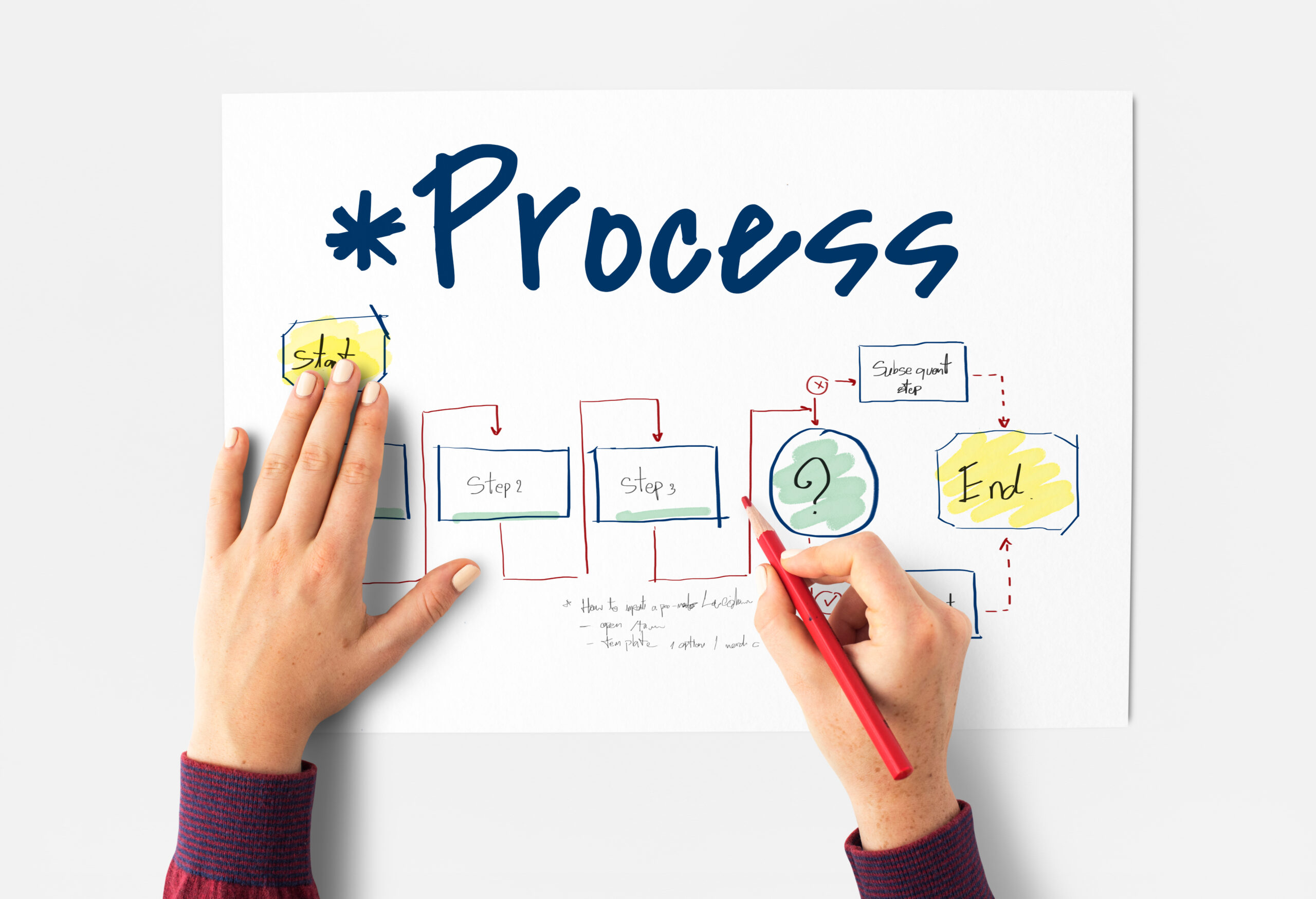By Erol Karabeg,
Co-Founder, President @ Authority Partners
October 16, 2025
The AI hype says agents will replace all workers. The data says something different: 73% productivity gains with humans still in charge. One of these narratives makes you money.
Here’s what’s actually happening in enterprises that are winning: they’re not automating people out. They’re augmenting people up.
Early automation replaced tasks. Agentic AI is redefining how teams operate. And the gap between companies that understand this distinction and those that don’t? It’s widening fast.
Most mid-market and large enterprises are stuck in pilot purgatory. They spin up a proof-of-concept, see decent results, then can’t figure out how to scale. The technology works. But the teams aren’t designed for hybrid collaboration. You can’t bolt AI agents onto a 1995 org chart and expect 2025 results.
The organizations winning this transition are designing new hybrid teams – humans and AI agents sharing context, goals, and accountability from day one.
Microsoft reports that 74% of executives achieve ROI within the first year. Companies leveraging AI and automation together see 2.5x higher revenue growth than peers. We’re not talking about marginal improvements – we’re seeing 30-60% productivity gains across functions.
But here’s the part most leaders miss: the real revolution isn’t technological. It’s organizational.
The future of productivity isn’t about replacing people with agents. It’s about designing teams where agents multiply what people can accomplish. Where humans focus on creativity, judgment, and strategy – while agents eliminate the cognitive friction that’s been slowing them down.
Let me show you how this works.
The business case goes deeper than simple productivity numbers. Here’s what changes when you design for human-AI collaboration:
Cognitive capacity at scale
Your operations teams are drowning. Research shows that operators face 147 different information sources daily and make over 1,200 micro-decisions per shift. That’s not a workload problem – it’s a cognitive overload problem.
AI agents reduce that burden by handling information synthesis, context-switching, and routine orchestration. Organizations implementing AI report 28% reductions in administrative effort and better resource allocation. The result? Humans can actually think strategically instead of playing human middleware between systems.
Decision velocity that compounds
Speed matters, but informed speed matters more. When agents curate scenarios, validate options, and surface relevant context in real time, leaders make better decisions faster. In financial services, RAG-enabled AI systems cut call handling time by 40-60% while boosting first-contact resolution by 30% – not through automation, but through better-informed human agents.
Institutional memory that survives turnover
Here’s a problem every CIO knows: your best people leave, and their knowledge walks out with them. AI agents can preserve context, processes, and decision patterns across time and teams. In industries with high turnover or complex workflows, this “organizational memory” becomes a sustainable competitive advantage.
Research on Transactive Intelligent Memory Systems shows that AI agents function as persistent knowledge sources within team memory systems – capturing the “why” behind decisions, not just the “what.”
Version everything – agent configurations, system prompts, tool definitions. When something goes wrong, you need the ability to roll back quickly and understand exactly what changed.
Operational resilience when it matters most
In mortgage servicing, one provider reduced loan processing costs by 80% and accelerated approvals by 20x through agentic AI. But the bigger win? Consistent service quality regardless of staff turnover or demand spikes. Agents maintain process integrity 24/7 while humans handle exceptions and relationship-building.
The trust gap is real
Here’s the constraint: only 39% of organizations have deployed more than 10 agents. Why? Trust remains the limiting factor. Technical capability is ahead of organizational confidence.
The winners aren’t the ones with the most advanced AI. They’re the ones building trust systematically – through transparency, explainability, and human-in-the-loop governance that matures over time.

Not all AI collaboration looks the same. The key is knowing where to start and how to evolve.
Here’s a clear framework we use with clients:
1. Assisted Mode
2. Augmented Mode
3. Autonomous Mode (Supervised)
4. Orchestrated Teaming Mode
Design for augmentation first, autonomy later. Trust and governance mature with each mode. Rushing to full autonomy without building organizational confidence leads to underutilization and failed pilots.

Good agentic design is less about what the AI can do – and more about how well humans can collaborate with it.
Start here:
1. Identify human strengths worth amplifying
Your people excel at creativity, empathy, judgment, contextual understanding, and leadership. These aren’t being replaced – they’re becoming more valuable as AI handles the grunt work.
2. Assign agents to offload cognitive friction
Agents should tackle repetitive coordination, status monitoring, data extraction, and cross-system navigation. One enterprise call center study found AI agents reduced average handle time by 40-60% and boosted first-contact resolution by 30% – not by replacing agents, but by giving them superpowers.
3. Design interfaces for collaboration, not command
Natural language interactions, shared dashboards, and explainable reasoning make it easier for humans to trust and guide AI. When agents show their work, people stay in control.
4. Establish feedback loops
Agents should learn from human corrections. Humans should learn from agent analytics. This co-evolution creates systems that get smarter over time.
Before you write a line of code: Write the Agent Job Description!
We start every agentic AI project with an Agent Job Description (AJD) – a one-pager that treats the agent as a teammate. It defines eight critical elements:
The AJD forces clarity upfront and aligns stakeholders before you invest in tooling. We use it to pick the first use case and determine the smallest viable production scope.
Example:
In one financial SaaS engagement, we built an agentic research assistant that automated data gathering and validation. Time saved: 75%. The agent didn’t replace analysts – it freed them to focus on insights and strategy. That’s the pattern.
The technical work is table stakes. The real challenge is culture.
Leaders need to shift from control to co-evolution. Treat AI agents as colleagues with scoped accountability. That’s a mindset shift, not a policy memo.
New skills are required. Managers must learn to read AI outputs, validate agent actions, and interpret explainability cues. Organizations are creating new roles: AI Operations Leads, Agent Experience Designers, Human-AI Coaches.
And trust mechanisms matter. Every agent action should be observable, explainable, and traceable. Transparency builds confidence. Consistency proves reliability. Accountability ensures humans remain in charge.
Research shows that employees embrace AI when it reduces tedious work and enhances their capability – not when it threatens their role. Augmentation increases job satisfaction. Pure automation often reduces it.
Organizations implementing AI report 28% reductions in cognitive overload and better work-life balance for employees. This isn’t only about productivity – it’s also about creating better jobs.


The technical side, framed simply:
When we help clients migrate to modern platforms like Encompass Partner Connect or transform legacy systems to microservices, we’re not just modernizing infrastructure. We’re creating the foundation for agentic AI. Cloud-native architectures, real-time data synchronization, and API-first design make it possible for agents to orchestrate workflows end-to-end.
In one title insurance modernization, migrating to a modern integration architecture reduced manual data entry by over 50% and set the stage for future agent-driven automation.
Here’s the phased approach we recommend:
Map workflows for augmentation opportunities. Identify “human-in-the-loop” checkpoints. We typically use surveys and interviews to surface pain points and quantify ROI potential. The goal: a prioritized backlog of the top 3-5 AI opportunities.
Deploy one hybrid process – client onboarding, financial reconciliation, or internal QA. Rapid prototyping with low-code AI tools proves value and de-risks larger investments. You should see a working prototype in under a month.
Collect data on performance, satisfaction, and error reduction. What’s working? What needs adjustment? Trust builds through evidence, not promises.
Create internal playbooks and design patterns. Train teams on collaboration best practices.
Expand to other departments with governance and KPIs in place. Move from prototype to production-ready agents with enterprise security, scalability, and maintainability.
Success in human-AI teaming is measured not only in AI accuracy – but in human capacity unlocked.
Here’s the hard truth: AI won’t replace all your people. But the leaders who learn to pair humans and agents effectively will replace those who don’t.
The companies winning this transition share a pattern. They treat AI as an organizational capability, not just a technical one. They design for augmentation. They invest in reskilling. They measure success by what their people can now accomplish, not by how much automation they deployed.
And they move fast. With 74% of organizations achieving ROI within 12 months and break-even typically at 24 months, the window for competitive advantage is narrow.
The question isn’t whether to build hybrid teams. It’s whether you’ll build them before your competitors do.

At Authority Partners, we help mid-market and large enterprises move from automation to augmentation. We don’t drop a generic AI tool and walk away. We work with you to identify where human-AI collaboration creates the most value, design workflows with embedded safety and governance, and implement systems that elevate your people.
Because remember: the purpose isn’t to replace all humans with agents. It’s to empower ordinary people to do extraordinary things with the right systems.
Explore our Agentic AI services or schedule a conversation below to discuss your hybrid workforce strategy.
Thoughts, breakthroughs, and stories from the people building what’s next.
We’re here to help!
Let’s make sure we put you in touch with the right people! Let us know what you’re interested in.
Not ready for a call yet?
Send us a note and we'll reach out to you.
Ready to talk?
Pick a time.
Not ready for a call yet?
Send us a note and we'll reach out to you.
Ready to talk?
Pick a time.